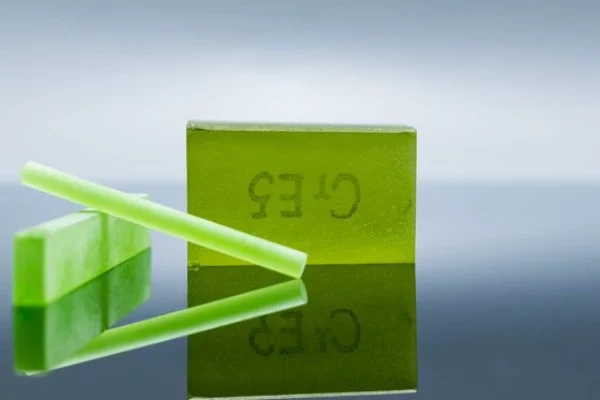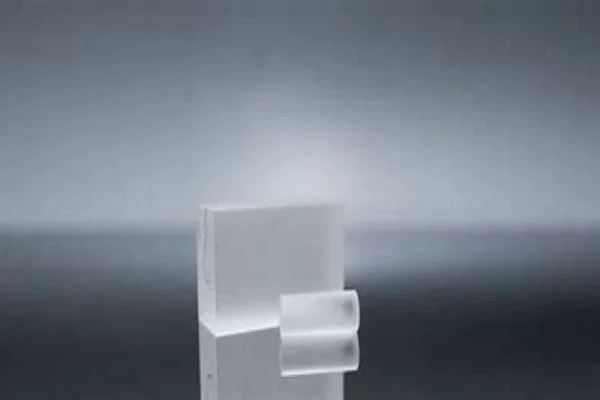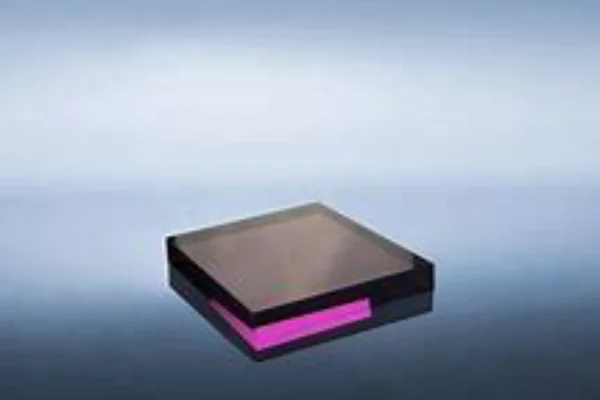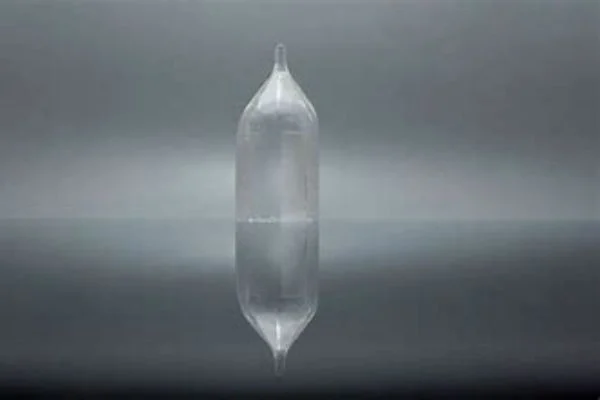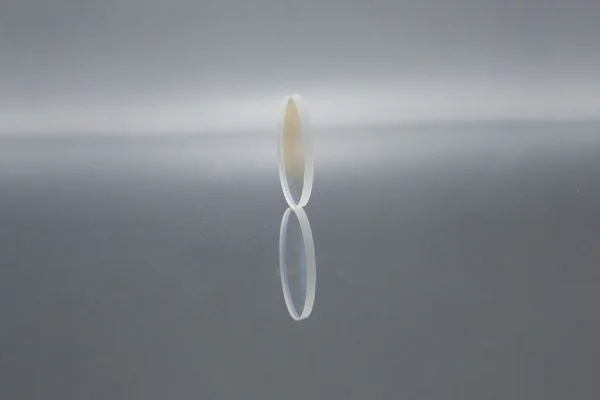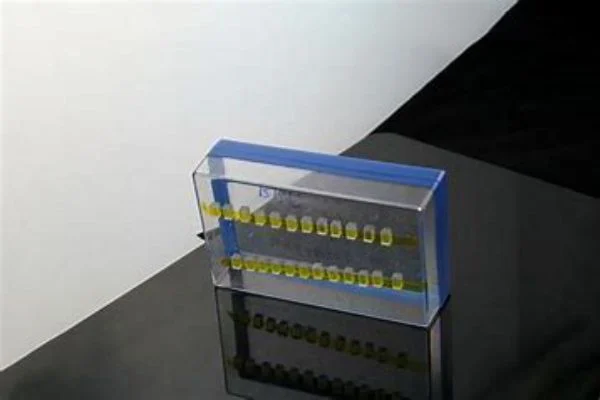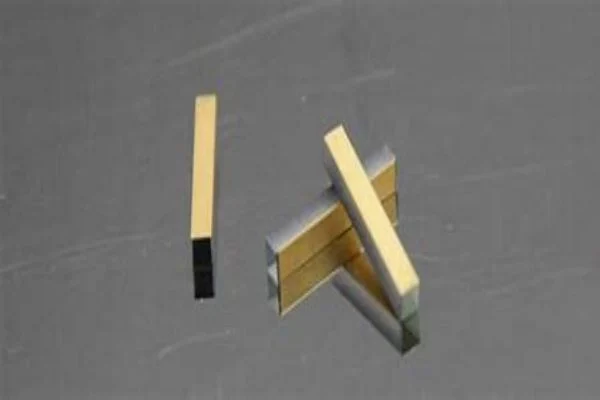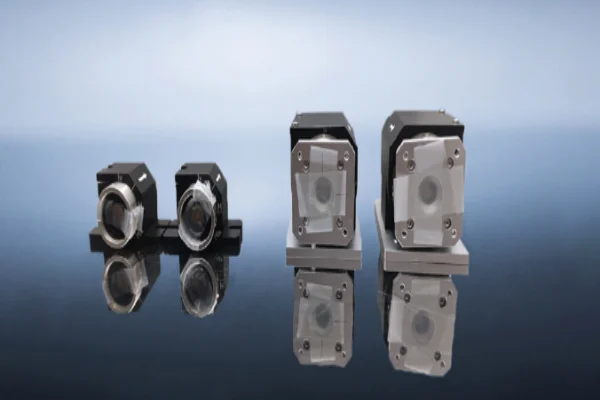Demystifying Laser Crystal Types: A Guide to Choosing the Right Crystal for Medical Aesthetic Lasers
Introduction to Laser Crystal Types in Medical Aesthetics Welcome to the fascinating world of laser technology in medical aesthetics. One of the crucial components of these lasers is the laser crystal. In the heart of every aesthetic laser device, laser crystals dictate the performance, application, and effectiveness of the treatment. Here, we’ll dive deep into the complex realm of laser crystals used in medical aesthetics, such as Ruby, Alexandrite, Nd:YAG, and Er:YAG. Our aim is to make this complex subject more approachable for professionals looking to make informed decisions. Journeying through the Realm of Medical Aesthetic Laser Crystals Delving into …


